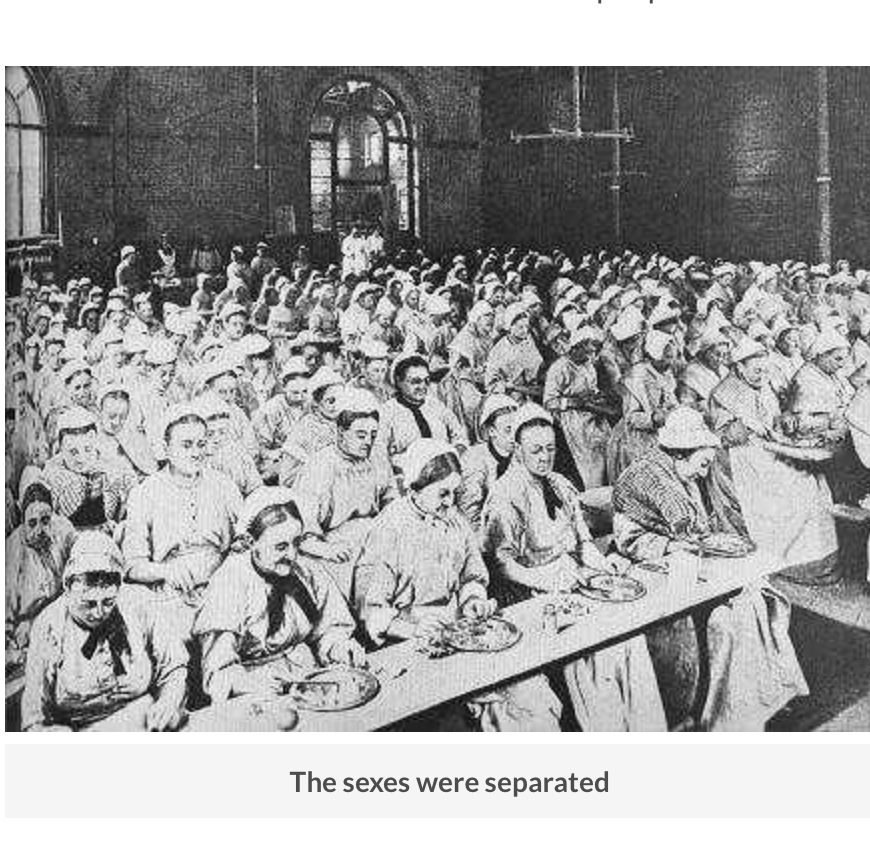As promised, this next piece is about the ground around the Cinema Museum and its former life as Lambeth Workhouse. The workhouse was founded in Black Prince Road in 1726 and moved to Renfrew Road in 1871. The Cinema Museum occupies the former master’s house and chapel. The only other building of note is the water tower, which was converted into a bonkers house in 2011 and featured on ‘Grand Designs’. If you ever want to tour it, the home seems to be on sale about four times a year. You can easily spot the tower in North Kennington

The Workhouse was a home to 800 inmates (as they were actually referred to) who entered the house as a result of abject destitution. People also came with children if they were unable to care for them. Charlie Chapin was one of these unfortunate lads. It was referred to as a ‘total institution’ as it provided accommodation, food, healthcare, vocational training and a school. Inmates could come and go but had to work some miserable tasks in order to keep a roof over their head.
While offering safety and food, The Lambeth Workhouse was a stifling place to live and deliberately so. Its small, dank rooms were intended discourage anyone except the truly needy from taking a bed. Some of the degrading tasks of the workhouse included breaking stones and crushing bones to produce fertiliser. Some found escape by actually learning a skills, but many languished at the Workhouse for years. Boys and girls who arrived without a parent had it a bit easier, as they were trained to either be domestic servants or join the navy.
About the time of WW1 the demographic of Lambeth Workhouse was evolving and was mostly populated by the elderly, infirm and sick as opposed to the poor, and from 1930 the day to day running of the Workhouse was handed down to Lambeth council. From the Metropolitan Archives it appears that our workhouse was in operation until 1948 when the National Assistance Act saw that the last vestiges of workhouse life were dealt with, making Lambeth find more suitable places for it’s most vulnerable people to live. More about Workhouses can be found here.
The picture below is from inside the women’s section of the Workhouse


My Great Grandmother Francis Pollard gave birth to a girl Rebecca Pollard April 3rd 1905 , I have tried researching to find what happened to Rebecca ? any advice . Francis was not married so Rebecca may have died or adopted ? Thanking you Mr Robert Bunce r.bunce649@btinternet.com (Bedfordshire)
I should have mentioned Francis was in the Renfrew Rd workhouse when rebecca was born